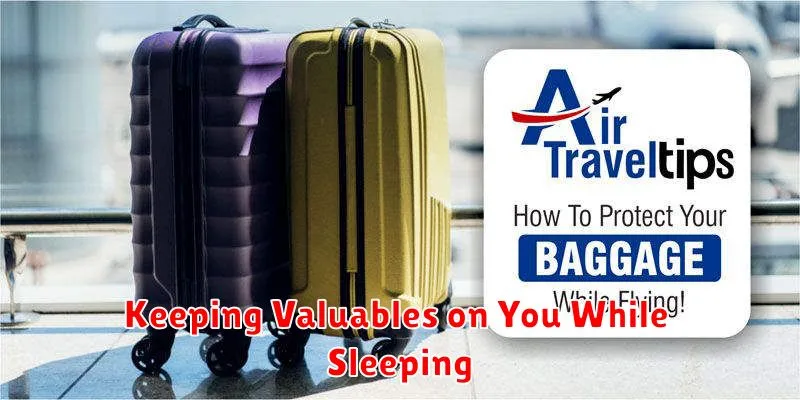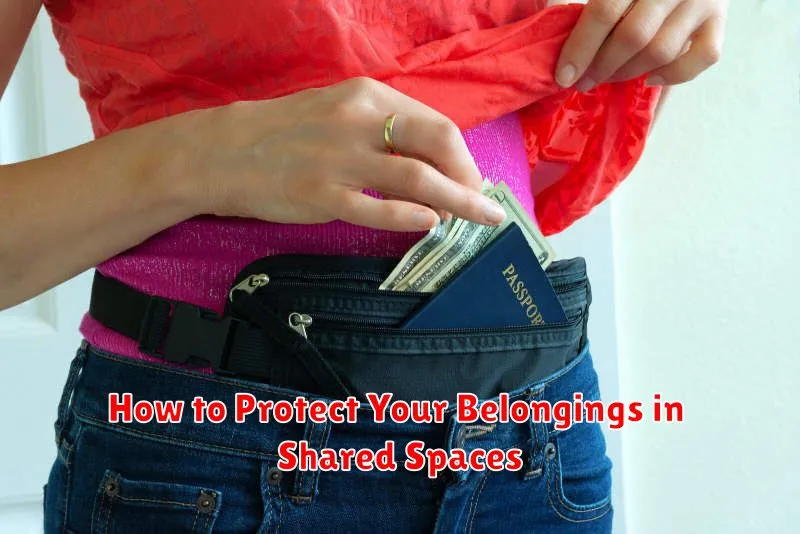Sharing living spaces, whether it’s a dorm room, a co-living arrangement, or even a shared workspace, presents unique challenges when it comes to security. Protecting your belongings in these environments requires proactive measures and an understanding of potential risks. This article will guide you through practical strategies to enhance the security of your personal items and create a safer shared living experience. Learn how to safeguard your valuables and minimize the risk of theft or damage, ensuring peace of mind in your shared space.
From simple steps like using locks and organizing your belongings strategically, to more advanced solutions like investing in personal safes and understanding insurance policies, we will cover a range of actionable tips. Discover how to communicate effectively with your housemates or coworkers to establish shared responsibility for security and build a more secure environment for everyone. Whether you’re concerned about protecting expensive electronics, important documents, or simply ensuring the safety of your personal items, this guide will offer valuable insights to help you protect your belongings in shared spaces.
Why Theft Happens in Shared Spaces
Theft in shared spaces occurs due to a combination of factors that create opportunities for criminals. Opportunity is a primary driver. Unlocked lockers, unattended belongings, and lax security measures make it easy for thieves to steal without detection.
Anonymity also plays a significant role. In crowded or transient environments like gyms, dormitories, or co-working spaces, individuals can blend in easily, making it difficult to identify perpetrators. This anonymity emboldens thieves, reducing their fear of being caught.
Perceived low risk further contributes to theft. If security measures are minimal or enforcement is lax, the perceived risk of getting caught decreases, incentivizing potential thieves.
Choosing Secure Lockers and Cabinets
When selecting lockers or cabinets for shared spaces, prioritize security and durability. Look for sturdy construction from materials like steel or heavy-duty plastic.
Consider the locking mechanism. High-quality key locks, combination locks, or electronic locks offer better protection than simple latches. Built-in locks are generally more secure than padlocks.
Assess the size and configuration. Ensure the locker or cabinet accommodates your belongings comfortably. Shelves, drawers, and compartments can improve organization and further protect items.
Using Portable Locks and Cables
Portable locks and cables offer a versatile security solution for various items in shared spaces. These devices allow you to secure belongings to fixed structures, making theft more difficult. Consider the size and type of lock for your needs.
Smaller combination or key locks are suitable for securing bags, backpacks, or luggage to furniture. For larger items like bikes or equipment, stronger cable locks provide better protection. Ensure the cable is thick enough and the locking mechanism is robust.
Keeping Valuables on You While Sleeping

In shared sleeping quarters, securing valuables requires extra vigilance. Consider a small, zippered pouch or a money belt worn beneath your clothing. This allows you to keep essential items like your passport, phone, and some cash close at hand.
Ensure the chosen pouch is comfortable enough for sleeping. Be mindful of the placement, avoiding positions that could cause discomfort or make the pouch noticeable. This method offers a higher level of security compared to leaving items in a bag or locker.
Not Broadcasting Your Room Number
Discretion is key when it comes to your room number in shared accommodations. Avoid openly sharing this information in public areas or with individuals you don’t fully trust. Refrain from posting it on social media or mentioning it in casual conversations where others might overhear. This simple precaution can significantly reduce the risk of unauthorized access to your personal belongings.
Consider using subtle ways to inform trusted friends or family of your location if necessary. For example, instead of saying “I’m in room 302,” you could say “I’m on the third floor.” Protecting your room number is a small but vital step in safeguarding your possessions.
Avoiding Distractions in Crowded Places
Crowded areas are prime spots for pickpockets. Maintaining situational awareness is key to protecting your belongings.
Avoid engaging in activities that divert your attention. This includes lengthy phone calls, rummaging through bags, or becoming engrossed in street performances. Such distractions make you an easy target.
Be particularly cautious when someone bumps into you, asks for directions, or creates a commotion. These tactics are often used to distract you while an accomplice steals your valuables.
Marking Your Bags for Easy ID
In shared spaces, it’s crucial to be able to quickly and accurately identify your belongings. Clearly marking your bags is a simple yet effective way to do this.
Use distinctive tags, luggage straps, or even colorful tape to make your bags stand out. Consider adding a personalized identifier like your initials or a unique symbol to further differentiate your luggage.
Avoid using easily removable tags that could be switched or lost. Ensure your markings are durable and weather-resistant to withstand the rigors of travel or storage.

